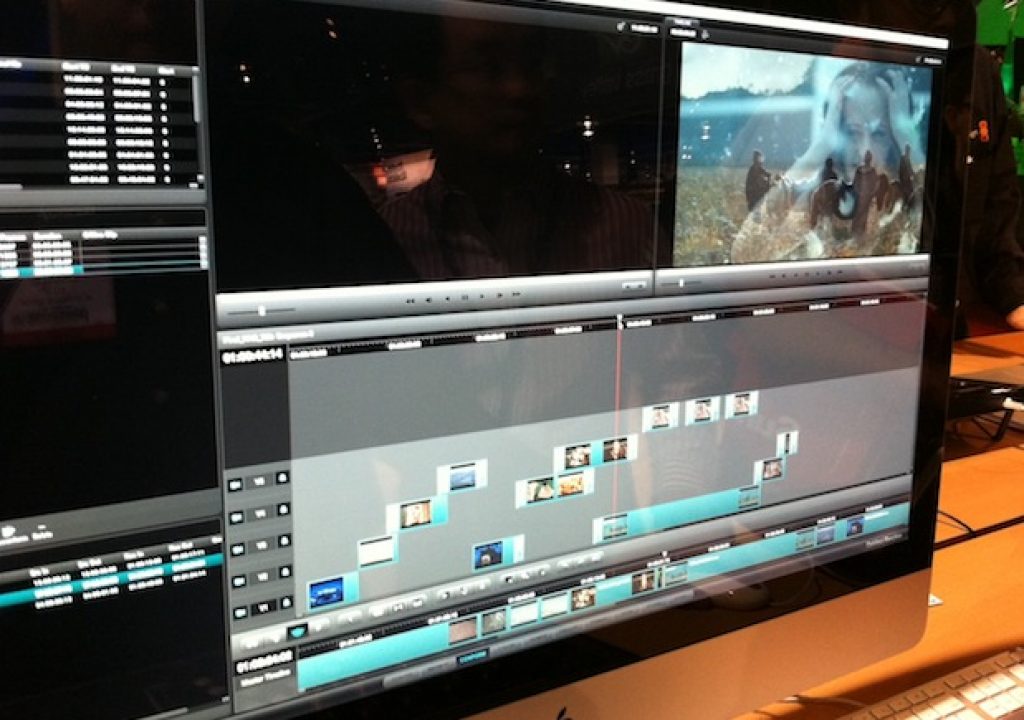

- #Davinci resolve lite review 1080p#
- #Davinci resolve lite review install#
- #Davinci resolve lite review drivers#
In my brief experience, however, it surpasses VLC’s ability to play somewhat more unusual (to the consumer, not the professional) formats such as Avid DNxHD MXF files. Much like the omnipresent open-source media player VLC, Scratch Play will attempt to handle any kind of video media thrown at it. This is in keeping with Scratch Play’s possibly most useful application - a universal media player. Scratch Play allows the user to manipulate the master settings of the CONstruct regarding frame rate and frame size (pretty much every possible option from 8K UHD-2 down to SD with all of the DCI container sizes as well) so every clip is living in the same environment. This takes some getting used to, but over time I found it to be fairly intuitive or, at least, organizationally useful. I’ve found that it seems to make the most sense to stack vertically by magazine, or media type, and then progress horizontally to the right as magazine numbers increase. When importing media clips, one can either place each clip successively horizontally along the CONstruct, or stack them vertically. Where the majority of applications in this space would employ a “timeline” metaphor or a “nodal” metaphor (or both) to manage your media, Scratch Play presents the user what they call a “CONstruct,” which is suppose I can best describe as a linear series of stacked timelines. As such I was curious to see where Scratch Play could fit into my usual stable of software.Īs a newcomer to all things Scratch, my first launch of Scratch Play presented me with an unfamiliar environment. Some of my DIT colleagues use Scratch on a daily basis as their go-to on-set workflow center, but I tend to employ a combination of Colorfront Express Dailies, DaVinci Resolve Lite and RedCine-X Pro, depending on the particular needs of the job at hand. My exposure to Scratch was limited to the post environment as a finishing tool for final color grades and deliverables creation. Prior to this, I had never really used any Assimilate software. Having now auditioned it on a couple of jobs and two different computer platforms, here are my thoughts.
#Davinci resolve lite review drivers#
Linux NVIDIA Drivers can be found on their website.Recently, postPerspective contacted me in my role as a “working DIT” to test drive the relatively new (and free) offering Scratch Play in a production environment.
#Davinci resolve lite review 1080p#
You’ll find that Linux provides a similar power experience with Resolve in both 1080p or 4K and above to Windows. If you need to use consumer-grade video from say, an iPhone or Android device, or even gameplay footage, you’ll need to transcode it into an easier to manage format (DNxHD, etc., H.264 is for an end result, not editing).

The main issue with Linux at the moment is that if you’re running AMD GPUs, you’ll need to download AMD’s own drivers and not the unsupported open-source ones you’d naturally gravitate to on Linux.ĪAC Audio doesn’t work either and H.265/H.264 footage is only available in the Studio version of Resolve.

#Davinci resolve lite review install#
To install Resolve on CentOS past the requirements, you’ll want to follow Seth Goldin’s blog. This is mostly a hold over from Blackmagic not intending Resolve to be consumer-focused back before they switched gears. Update: CentOS is the chosen platform for post-production, as indicated to us by a Reddit user. While it does seem to work on other distros like Debian and Mint, it seems that Blackmagic have only ever really done proper tests on CentOS. As mentioned above, DaVinci Resolve on Linux is a little bit of a weird one.


 0 kommentar(er)
0 kommentar(er)
